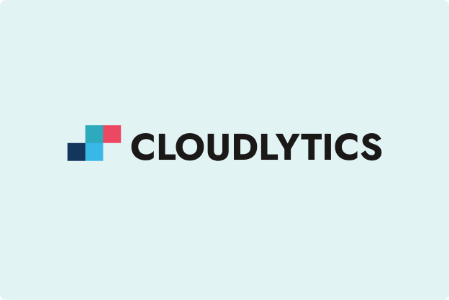Cost optimization is one aspect that every organization looks for on its run for profitability. As more organizations move their resources to the cloud, cloud costs have become a significant part of IT budgets. For organizations with workloads on Azure cloud, there are approaches that they can follow for optimizing their costs and realize significant savings. Organizations can adjust and save costs on Azure services by using the Azure cost optimization tool, which is integrated into the Azure portal to collect and analyze data.
Azure offers additional tools for cost optimization and planning, namely, Azure Advisor, Cloudyn, Azure Budgets, Cost Analysis and Cost Calculator. These tools enable organizations to track resource usage and spending on Azure vis-a-vis other cloud environments. For example, with Azure cost optimization solution, a leading financial services company saved over 78000$ annually by migrating non-reserved instances to reserved VM instances.
Here are some proven best practices that organizations can use for better leveraging their existing resources on Azure.
Virtual Machine Resizing
Numerous options are offered by virtual machines (VMs) that organizations can choose from. The storage capacity that the VMs offer and the computing power are two aspects that influence the cost of VMs. For optimizing VM costs, organizations must operate VMs in their full capacity. Although the VM utilization keeps fluctuating continuously, organizations can analyze their usage pattern by checking their Azure monitor metrics.
Navigating and Scrapping Unused Disks
Even if a virtual machine is deleted, Azure does not remove the virtual disks. These virtual disks continue to run and incur costs until the time organizations identify them and remove them permanently. Organizations are able to view all their active managed virtual disks on the Portal Disk Screen. It is possible that organizations have unmanaged disks in Azure that are not linked to any VM. At such times there are a set of instructions that can be followed for deleting such disks via running a script.
Moving Workloads to Containers
Virtual machines are the most popular computing option of Azure, however not the only one. Containers are comparably lighter than VMs as well as relatively lucrative owing to their faster operability and lower footprint. It is one of the aspects that appeal to most organizations on transitioning from VMs to containers. A completely managed container hosting platform, Azure Kubernetes Service (AKS), has some features that organizations can use for combining different tasks in fewer servers. These features include built-in monitoring, active directory integration, role-based access control (RBAC), wizard-based resource management and one-click updates.
Choosing the Right Pricing Option
On the basis of the duration that resources are used, Azure charges may vary. If organizations subscribe to services for a longer duration, such as 1-3 years, then the cost of resources drops down significantly, by at least 50%. Choosing the right pricing option becomes particularly important after selecting resources that are required. Organizations can save more by moving less frequently accessed or less sensitive data to lower-cost tiers of redundancy options. Building storage tiering automation in the applications will ensure organizations that the redundant data is automatically transitioned to lower-cost tier.
Moving Workloads to Serverless
The popularity and adoption of serverless computing continue to grow as the need for hassle-free management of IT resources increases. Organizations are recommended to depend on Azure functions that allow them to run code as functions, eliminating the need for server allocation or management. Serverless computing is being touted as one of the winning solutions to establishing an effective Azure cost optimization practice. Organizations only need to spend on resources they actually use and avoid the cost of reserving and renting VMs.
Selecting the Right Platform for Azure Cost Optimization
Once organizations have exhausted every possibility to save on their cloud bills on their own, the only option left for them is to adopt the Cloud Management Platform (CMP). This helps them in reviewing their Azure subscriptions and optimizing costs through useful recommendations that the platform provides. The CMP helps organizations drive cost savings by digging deep into their subscriptions and providing beneficial solutions to reduce application footprints.
To Sum Up
Organizations are recommended to approach the right cloud managed service provider for effective and reliable monitoring services. These services monitor the cloud instances, workloads on PaaS and IaaS environments, applications, networks and storage of an organization for developing effective cloud cost optimization strategies.


















